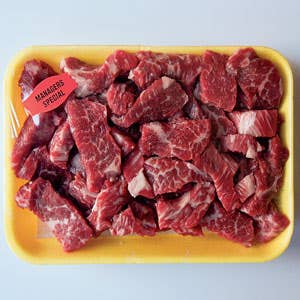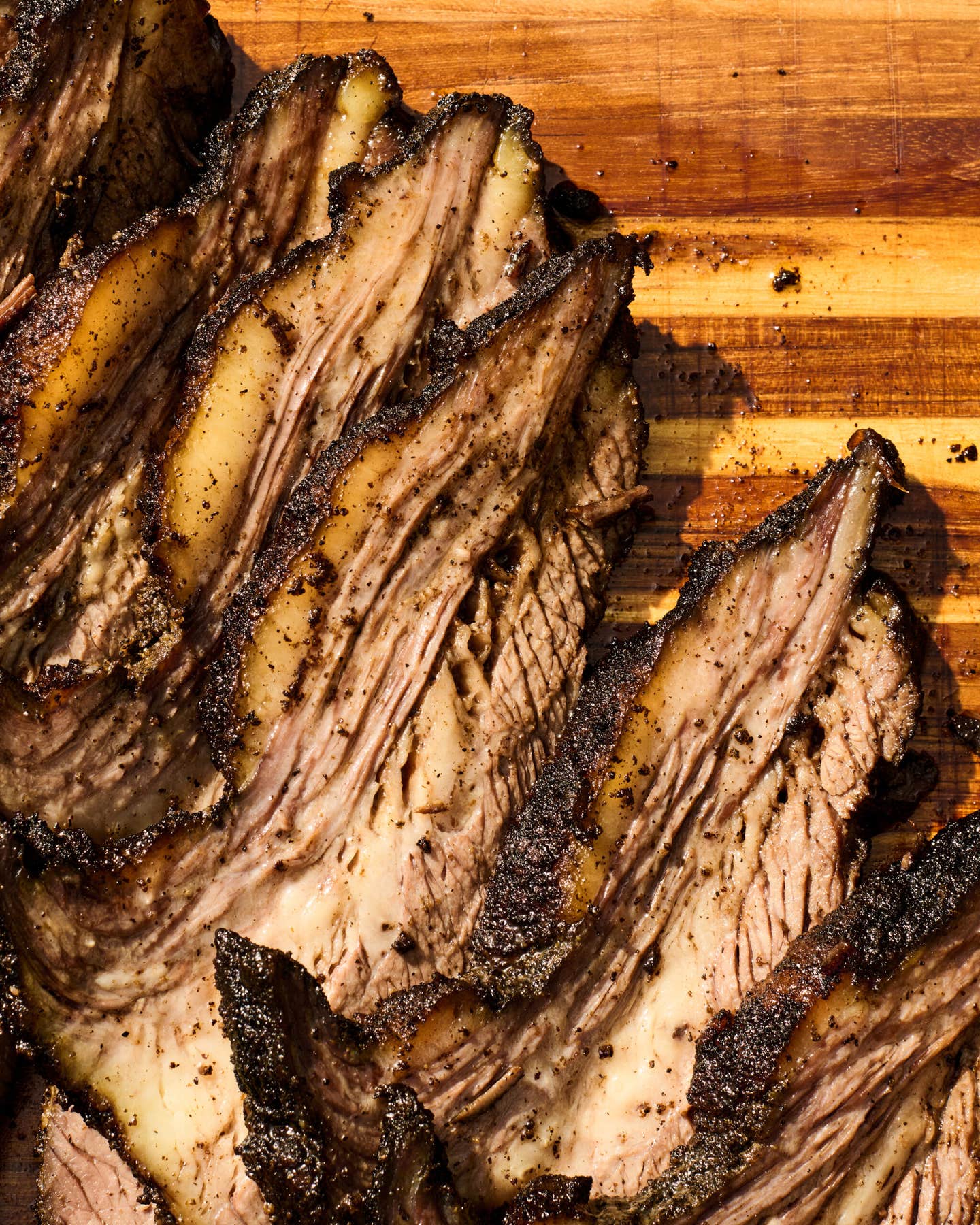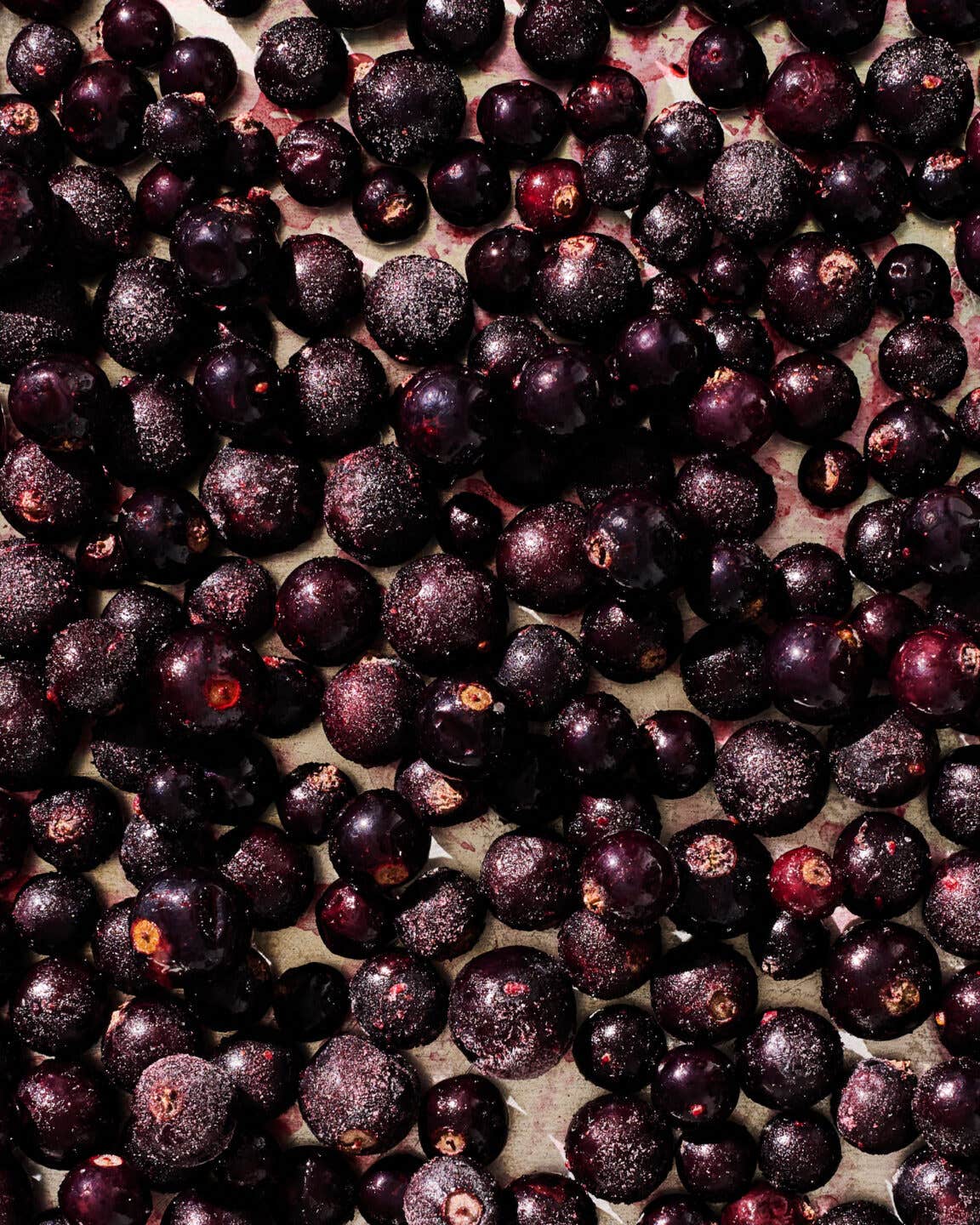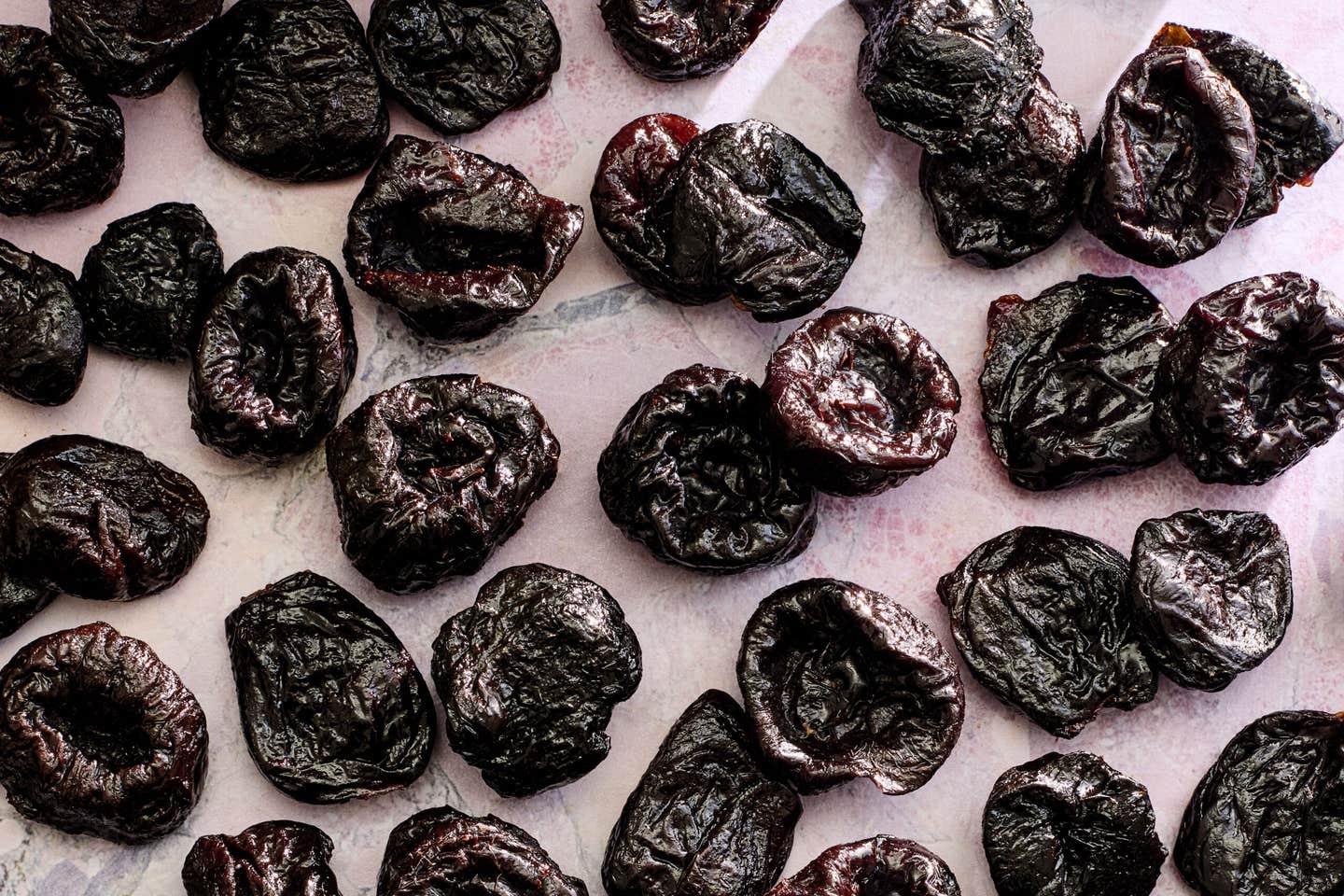
Tough Love
Choosing meat for a stew, like the Lamb Stew from Basilicata, couldn't be easier; just stick to cuts that come from the shoulder. The most exercised parts of the animal—the shoulder, neck, and legs—have the thickest muscle fibers and the most connective tissue holding the muscle, fat, and bone together. Cuts that come from these parts are tougher than those from the less exercised parts on the back, which are used for sauteing or grilling. In the making of a stew, however, tough is good. For one thing, well-exercised meat is more flavorful. Also, connective tissue contains a lot of collagen, which, when simmered in liquid, imparts a luscious texture to foods. Nowhere on the animal—be it a cow, a pig, or a sheep—is there more connective tissue than in the shoulder (called the chuck in beef and lamb); it also contains plenty of fat. The key is slow and moist cooking, so that the connective tissue has time to soften. Shoulder can be bought as roasts, as steaks, and in chunks, which butchers often label, aptly, stew meat.
Keep Reading
Continue to Next Story










